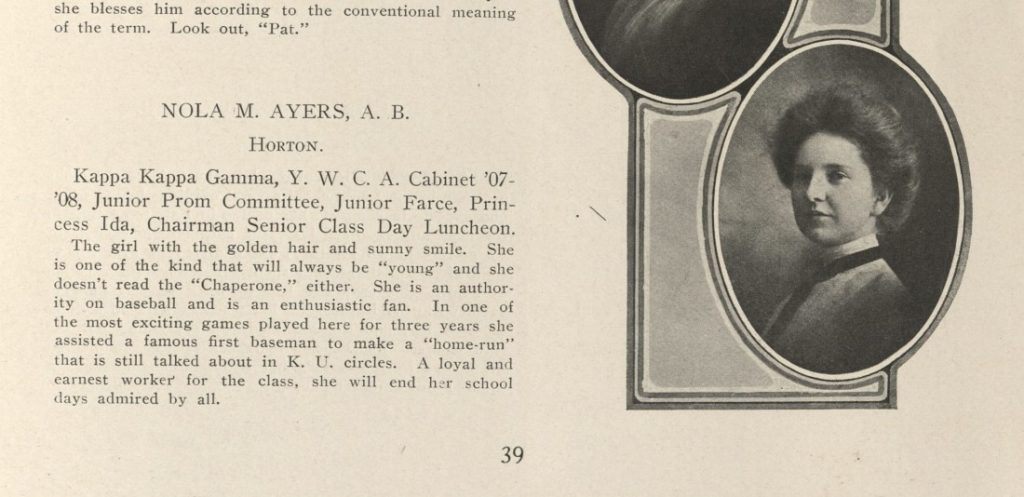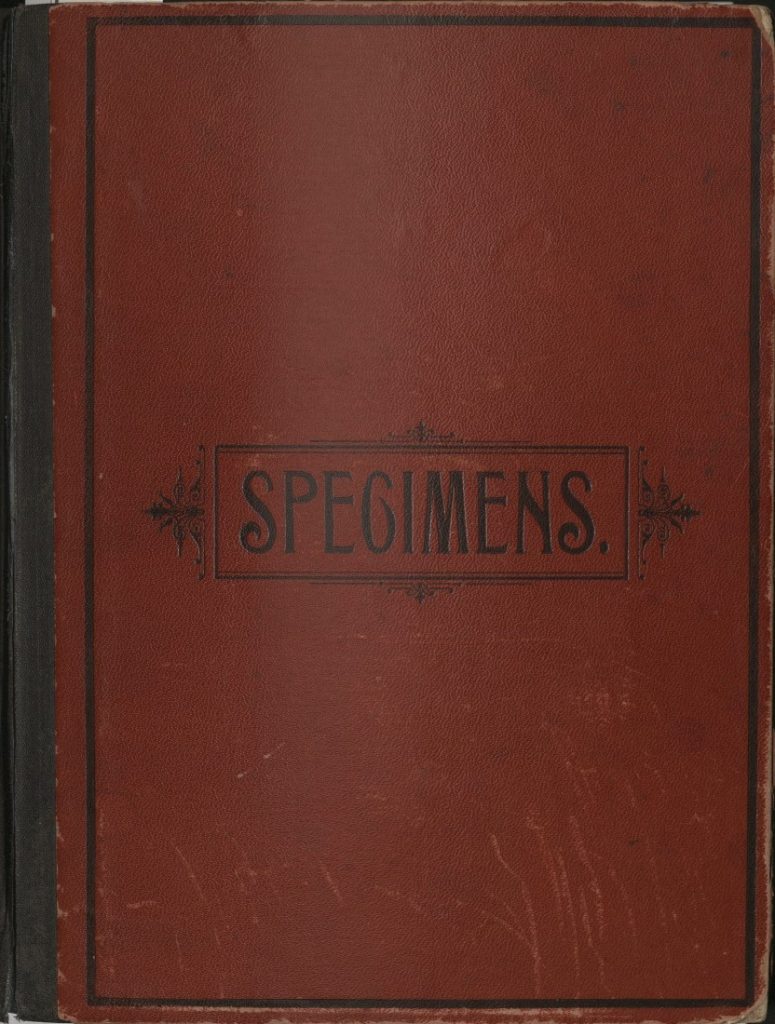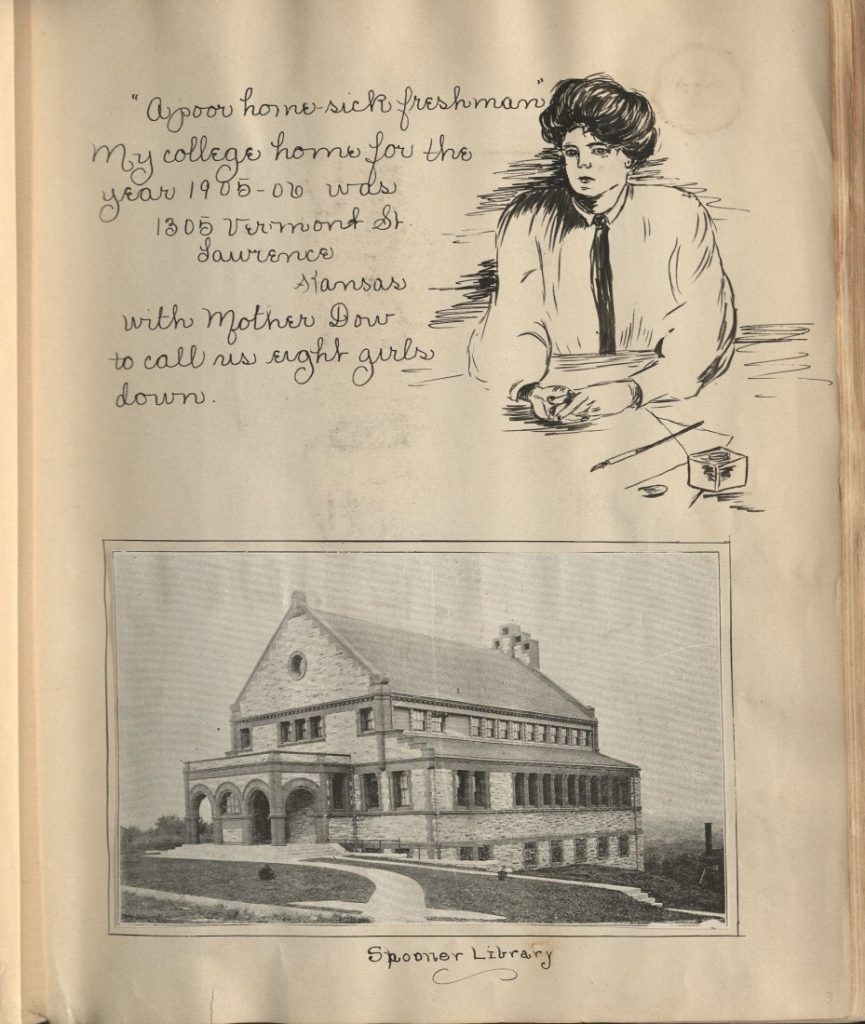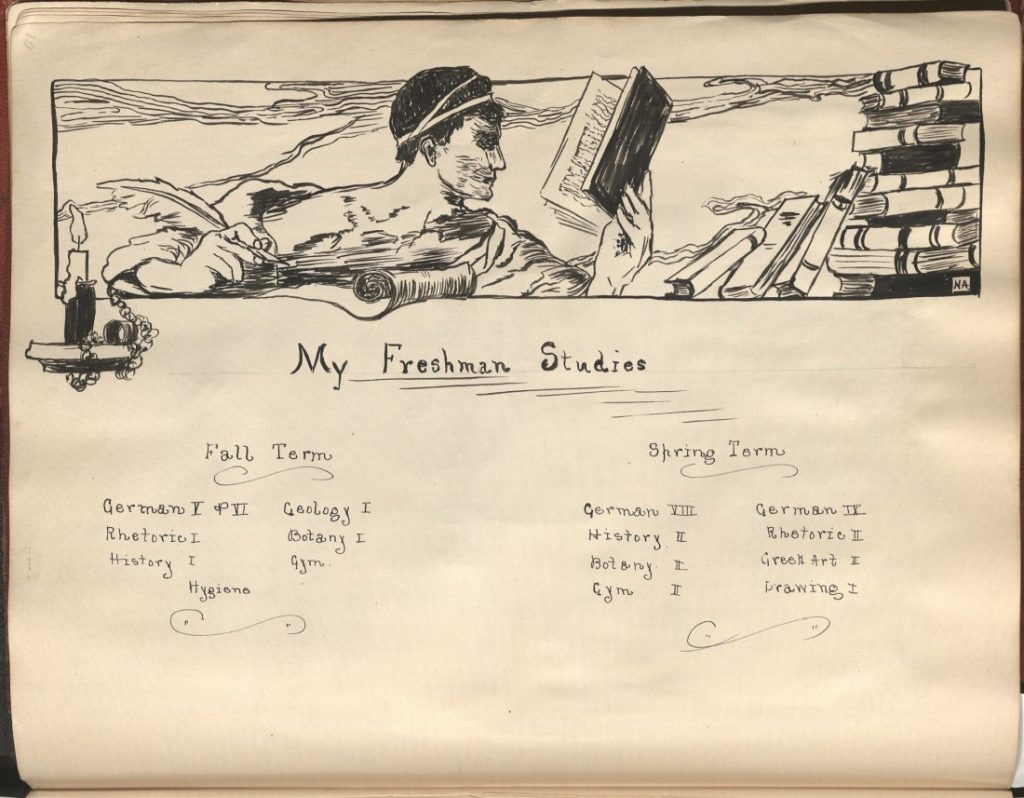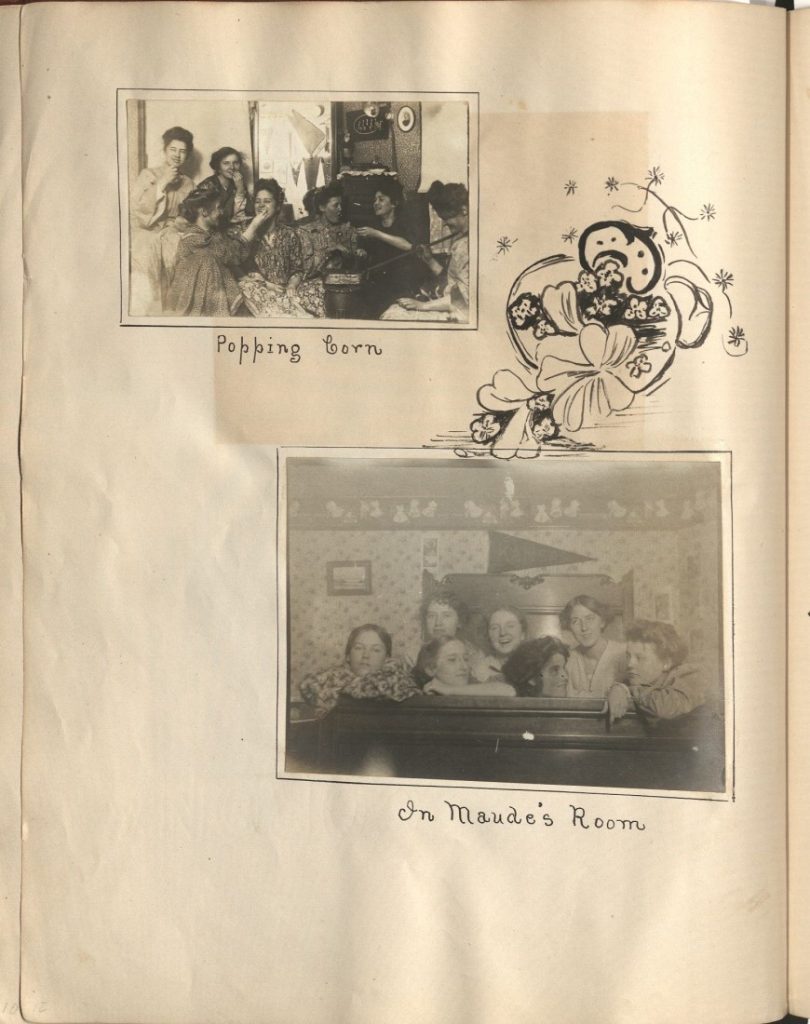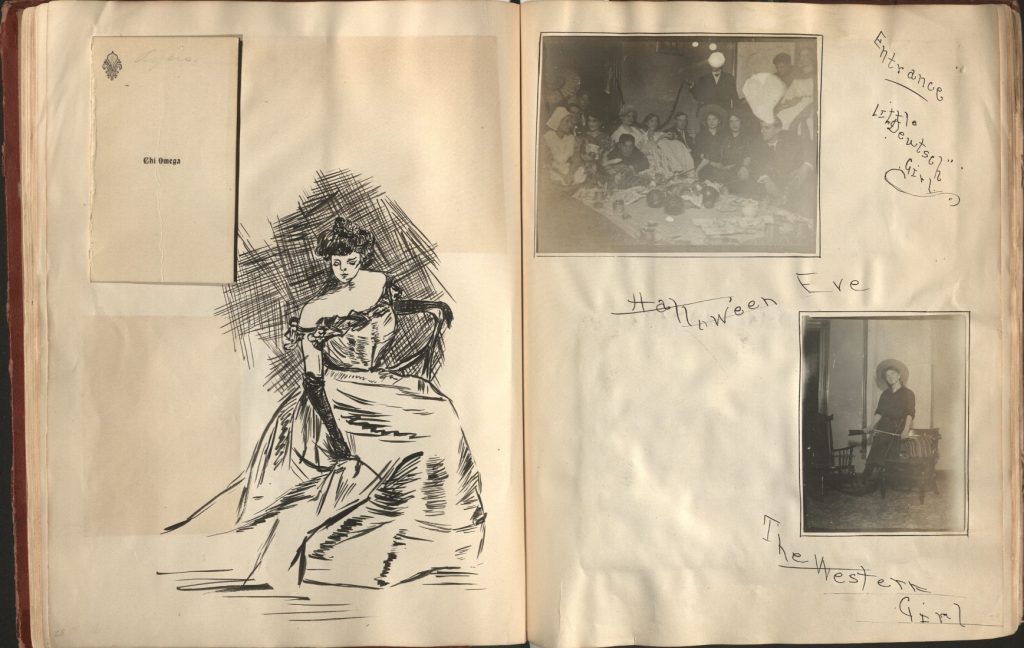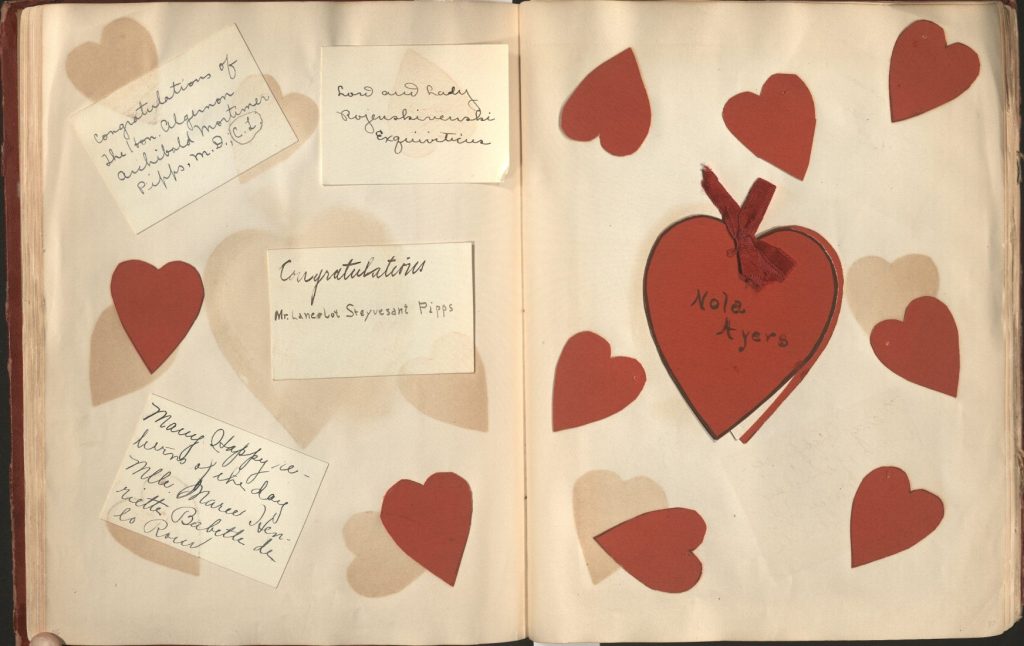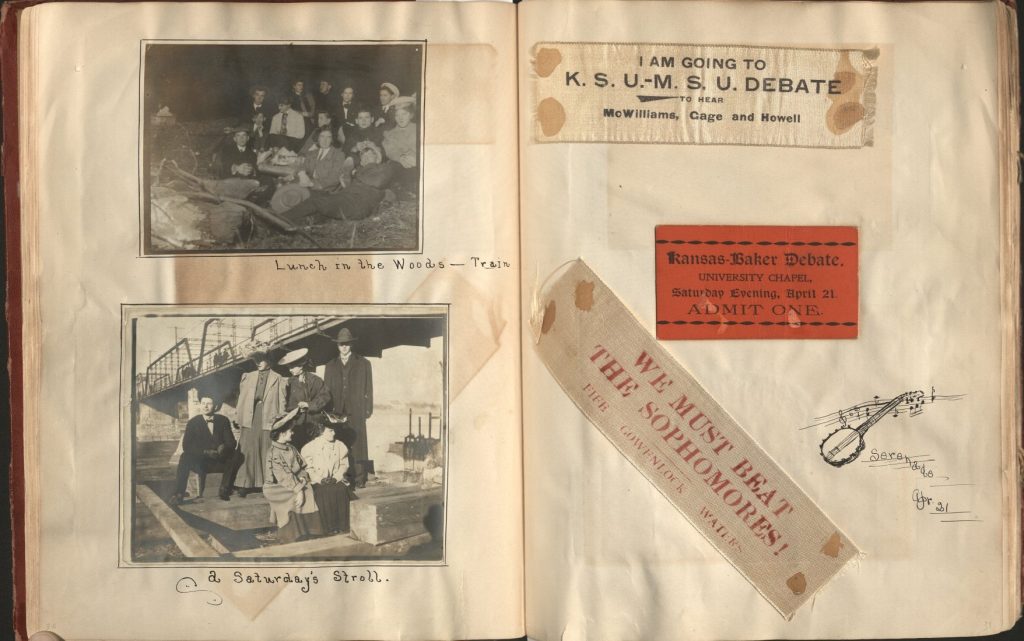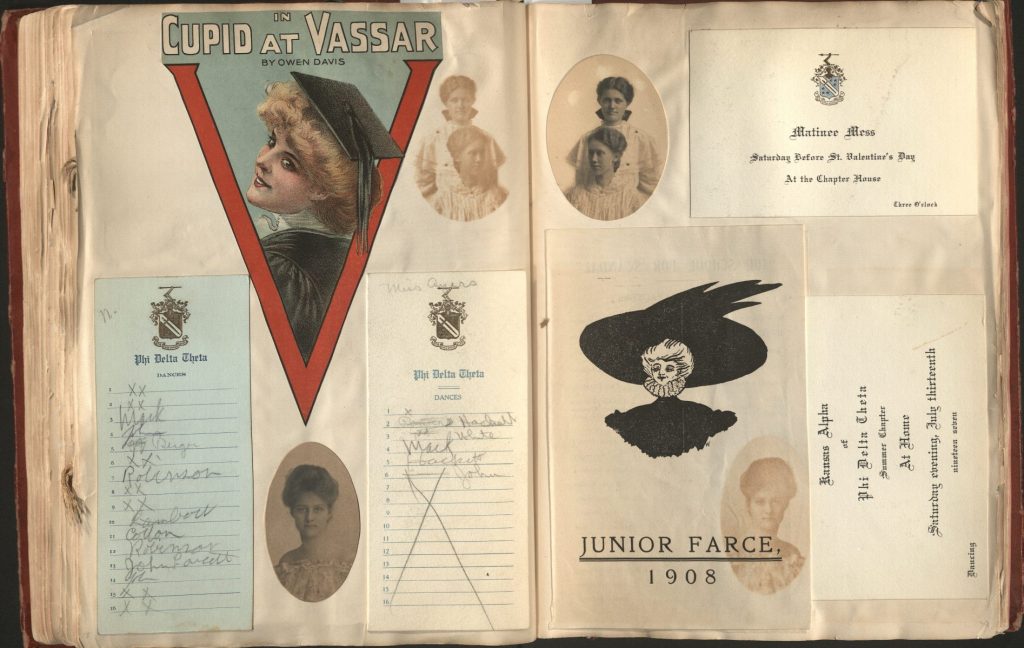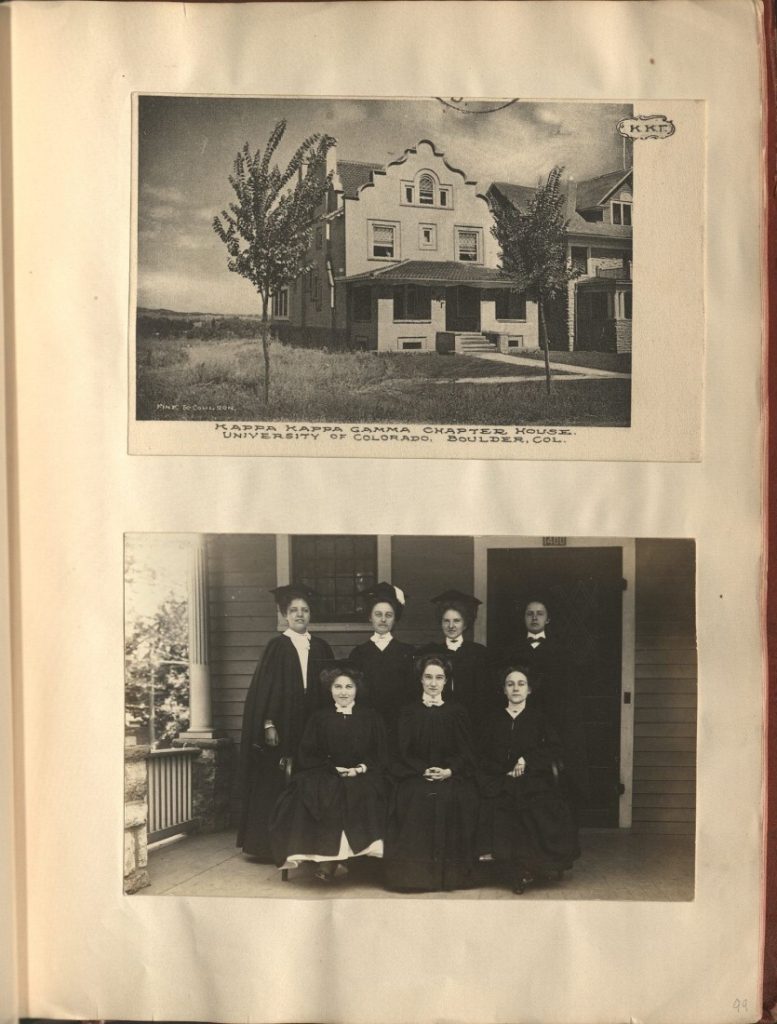Meet the KSRL Staff: Warren Lambert
April 25th, 2025This is the latest installment in a recurring series of posts introducing readers to the staff of Kenneth Spencer Research Library. Today’s profile features Warren Lambert, who joined Spencer Research Library in September 2024 as a Digitization Specialist.
Where are you from?
I am new to living in Lawrence. I grew up in Illinois around the Metro East area of greater St. Louis. I first went to college around the greater St. Louis area. I graduated from the Master of Science in Library and Information Science (MSLIS) program at the University of Illinois at Urbana-Champaign in August 2019.
How did you come to work at Spencer Research Library?
I started digitizing archival and rare book collections as a graduate student in St. Louis. I worked as a Digital Imaging Technician at the National Archives and Records Administration (NARA) for many years, and then at the Penn State University Libraries for fifteen months before returning to the Midwest at the Wisconsin Historical Society (WHS) in July 2023. I worked with genealogical records for the Choctaw Indian Nation at NARA; publications documenting the LGBTQ+ community in the Mid-Atlantic region during the 1970s, 1980s, and 1990s at the Penn State University Libraries; and civil rights collections at WHS. This position combines my passion for history alongside my desire to enhance access to historical materials for future generations to discover.
What does your job at Spencer entail?
Digitization is the creation of digital surrogates for physical collection items to be accessed remotely, included in publications, or placed in physical or digital exhibits. The main purpose is to create a digital photograph of the item that reproduces a lifelike image. I determine the best image quality properties for the items that I digitize, and those selections become part of the image in its technical metadata. All this is to expand awareness of archival and rare collections to visitors who want to learn more about the past.
What part of your job do you like best?
I enjoy learning about new techniques and applying them to digitizing collections. I am currently digitizing nitrate negatives from the Jellison Collection that documents the lives of Kansans in the 1920s, 1930s, and 1940s. There are over five hundred images in the collection, and they reveal the social relationships people forged with each other in their communities. I am also digitizing Japanese falconry manuscripts from the Edo Period (1603-1868) that provide insights into how the Japanese understood the natural world through illustrations of birds, seals, and bunny rabbits among many other animals. I always have something new to discover which keeps me from ever getting bored.
What is one of the most interesting items you’ve come across in Spencer’s collections?
Oh gosh, I have come across many fascinating items through my work since I started at Spencer. When I helped digitize John Gould’s A Century of Birds from the Himalaya Mountains from 1831, I discovered his vivid and detailed illustrations of birds that lived in the Himalayas. Each plate allows the viewer to get a sense of what the bird would look like in its natural habitat. The male Lophophorus Impeyanus (Himalayan monal, Impeyan monal, or Impeyan pheasant) has an amazing crest and a multicolored plumage designed to attract a mate. They are the national bird of Nepal. What made this project challenging was the size of the bound volume, but I succeeded in reproducing a faithful digital image of this print and the rest of the edition.
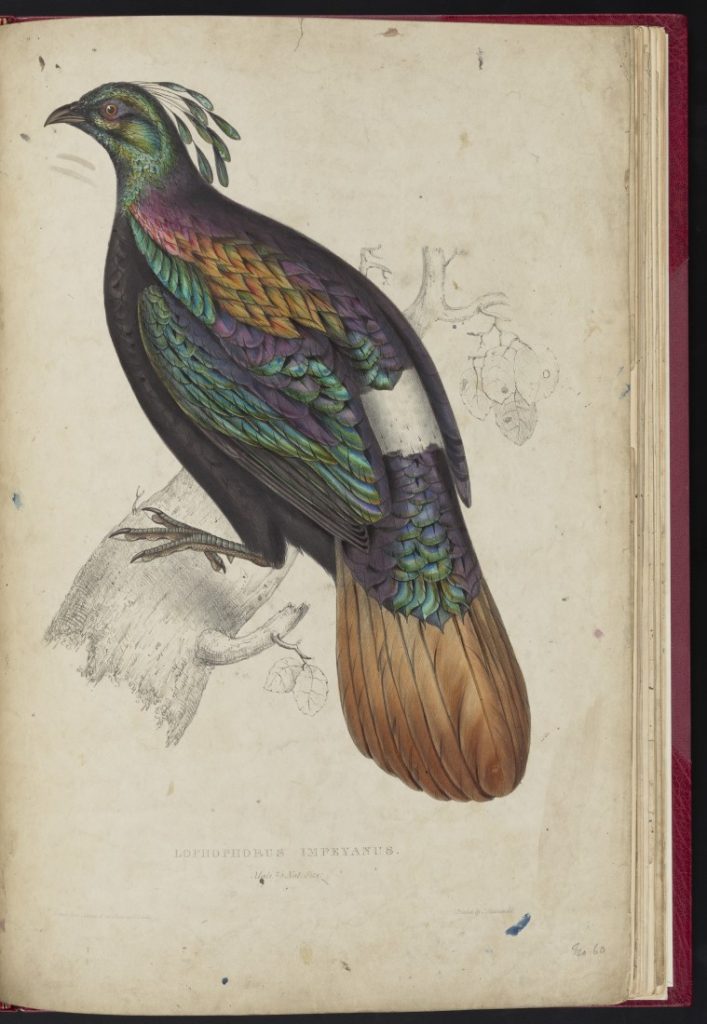
What are some of your favorite pastimes outside of work?
I’ve been passionate about traveling for most of my life due to the fact that I grew up in a military family. I have visited Philadelphia, Chicago, and New York City, where I explored many museums and historical sites. I love that I got to visit Galway, Derry, Belfast, Dublin, and the Ring of Kerry as part of a two-week tour of Ireland in 2011, learning more about its rich cultural and political history. I am always planning to travel to new places to explore historical sites and the wonders of natural landscapes. Not surprisingly as a library professional, I am passionate about reading and listening to books. My favorite genres are science fiction, fantasy, mysteries, and historical fiction. I love it when I discover a new author as it expands my literary horizons.
Warren Lambert
Digitization Specialist

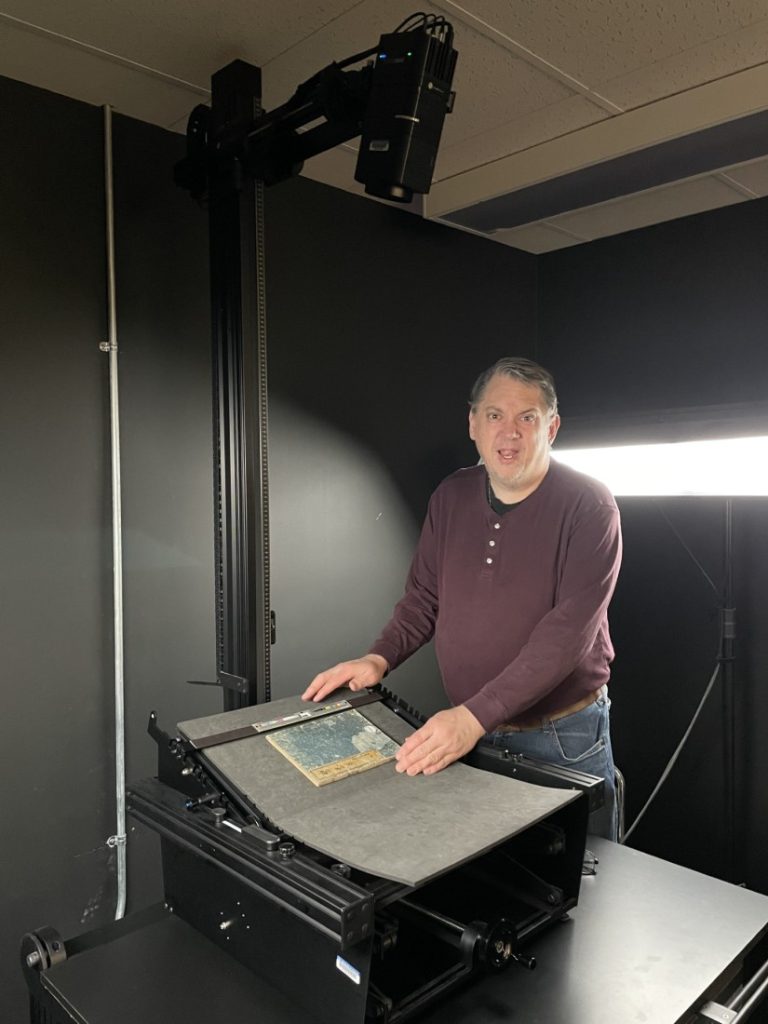
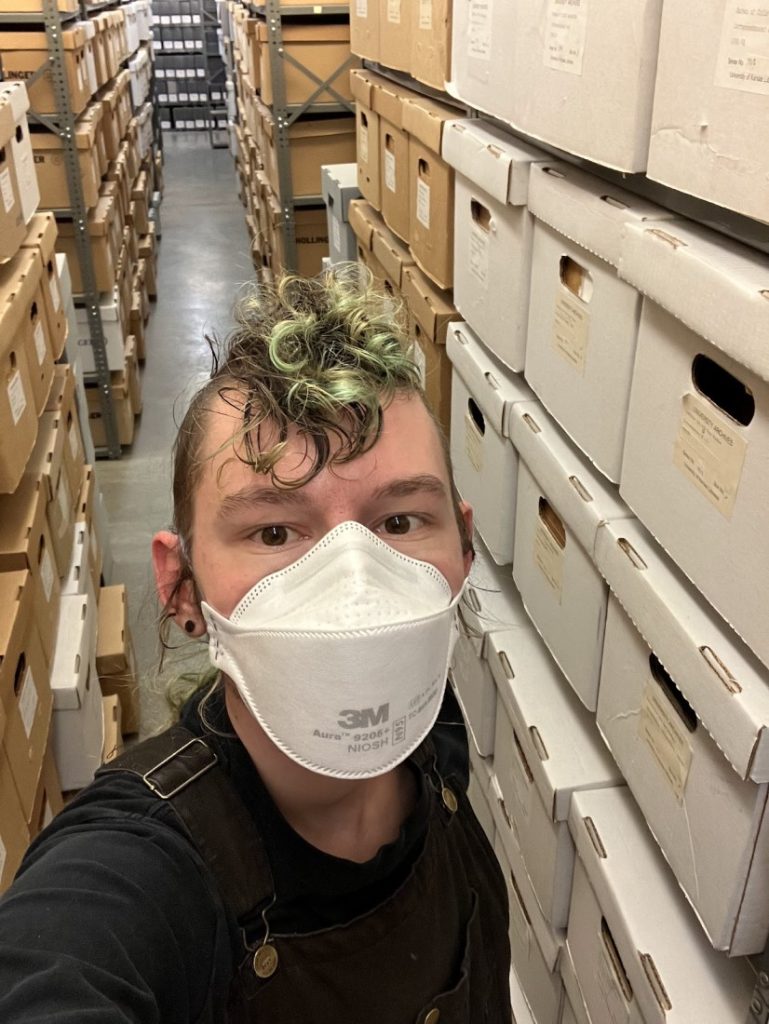
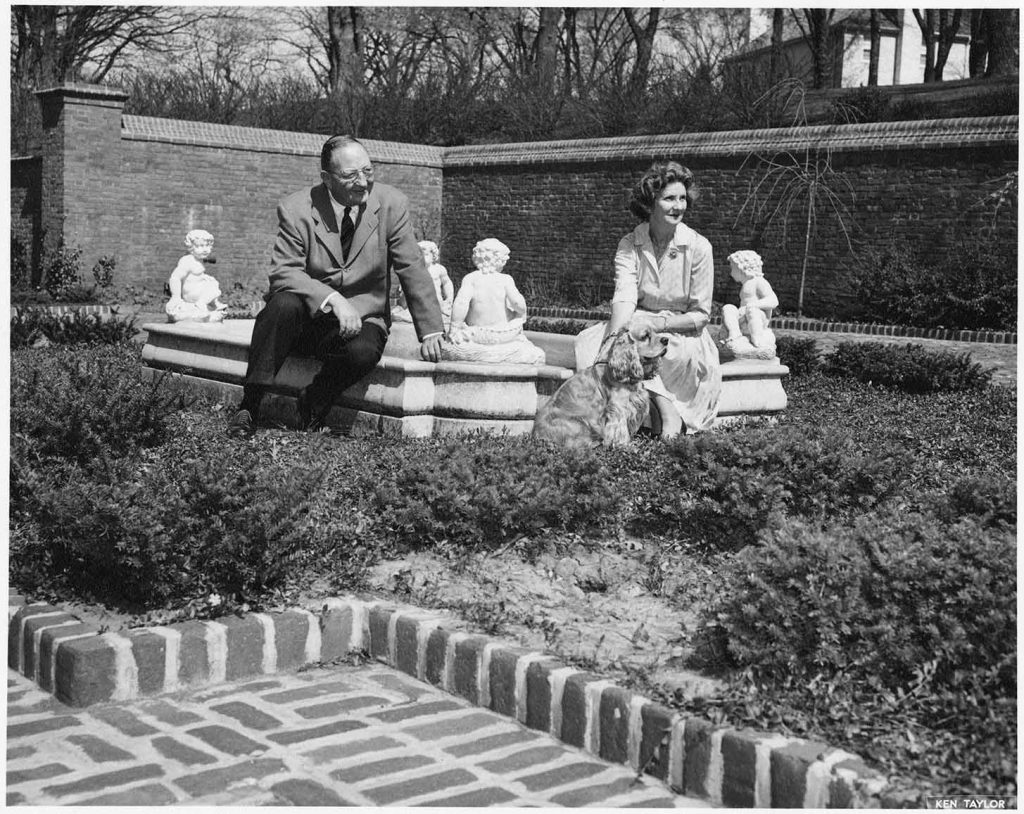
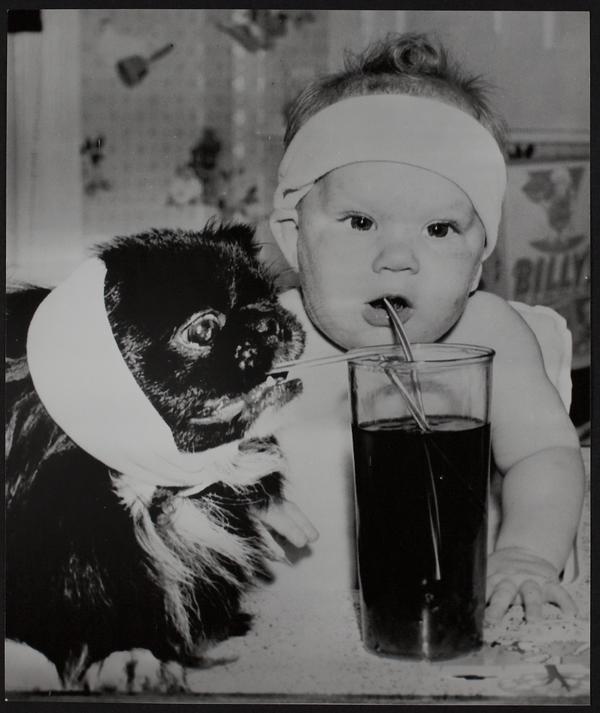
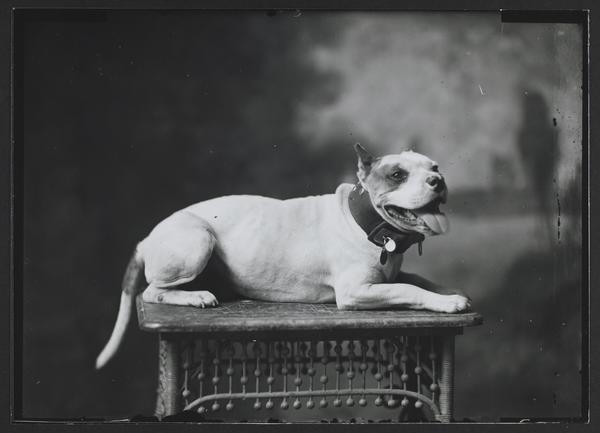
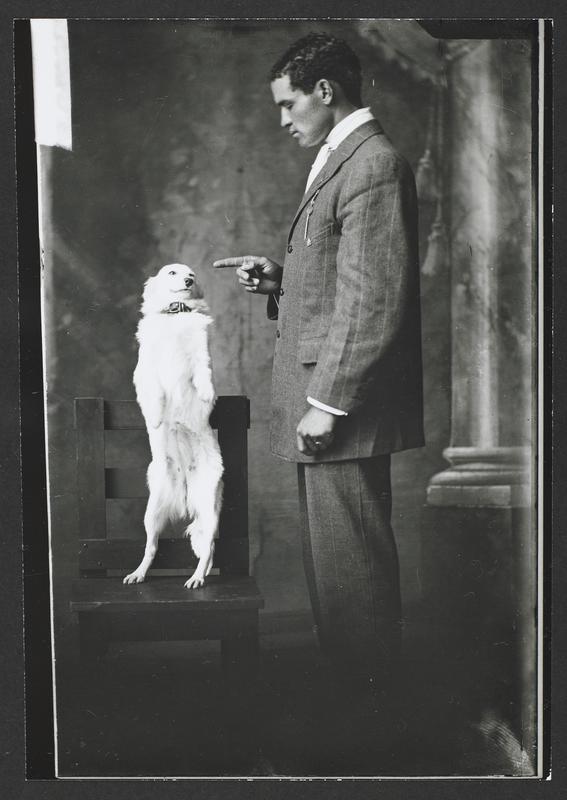
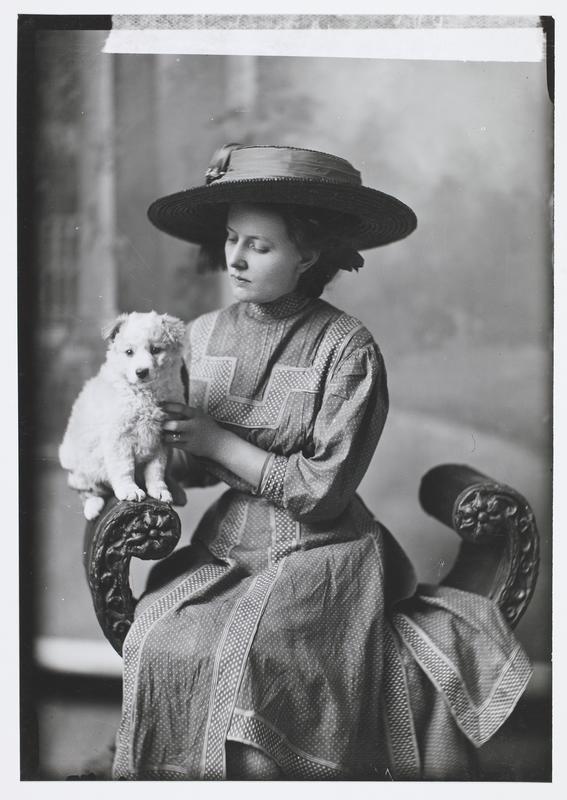
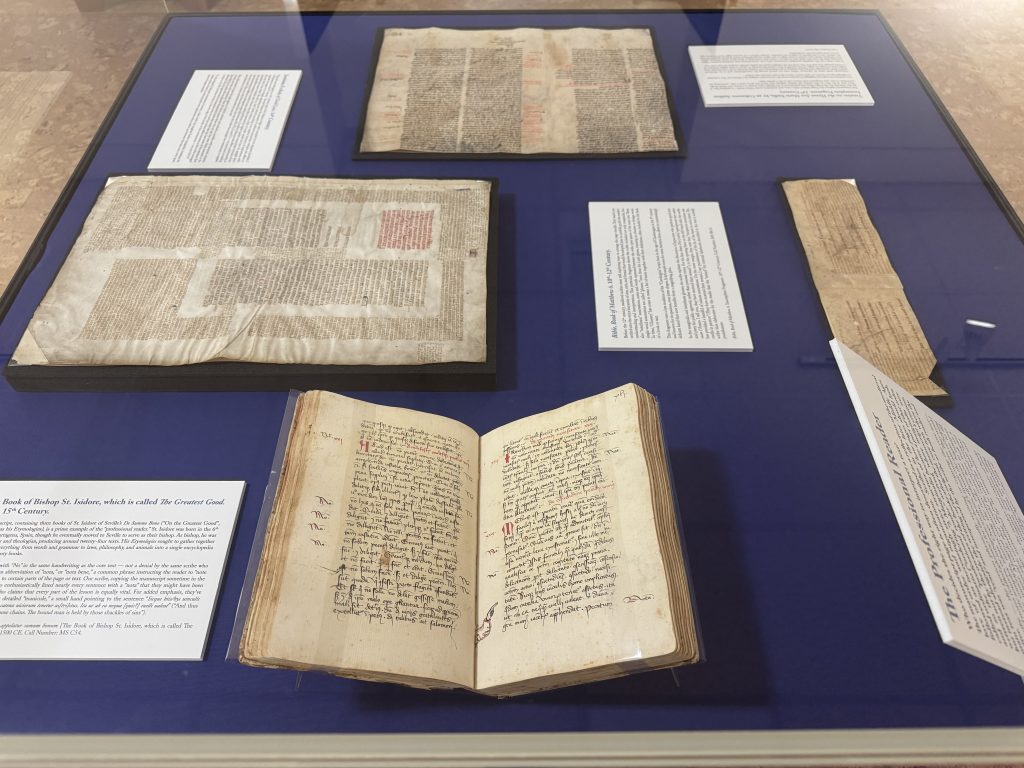
![Image of a detail from a manuscript copy of Lactantius’ Divinae Institutiones [The Divine Institutes], Italy, ca. 1400-1500 CE., with manuscript notes in the margin.](https://blogs.lib.ku.edu/spencer/wp-content/uploads/2025/03/Image-2-MS-C61-1024x405.jpg)
![Image of doodles of faces in the margins of Spencer's manuscript copy of Ordinatio totius officii divini secundum usum monasterii Beatae Mariae de Belgentiaco. [A Complete Order of the Divine Offices According to the Use of the Monastery of the Blessed Mary of Beaugency.]. France, 1400-1500.](https://blogs.lib.ku.edu/spencer/wp-content/uploads/2025/03/Image-3-MS-B15-1_red.jpg)
![Image of manuscript marginalia, including an image of a bat, in the margins of a 1540 printed copy of De verissimis temporum signis commentariolus [A Small Commentary on the Most Accurate Signs of Weather/Seasons], by Agostino Nifo.](https://blogs.lib.ku.edu/spencer/wp-content/uploads/2025/03/Image-4-MS-B75-p45.jpg)
